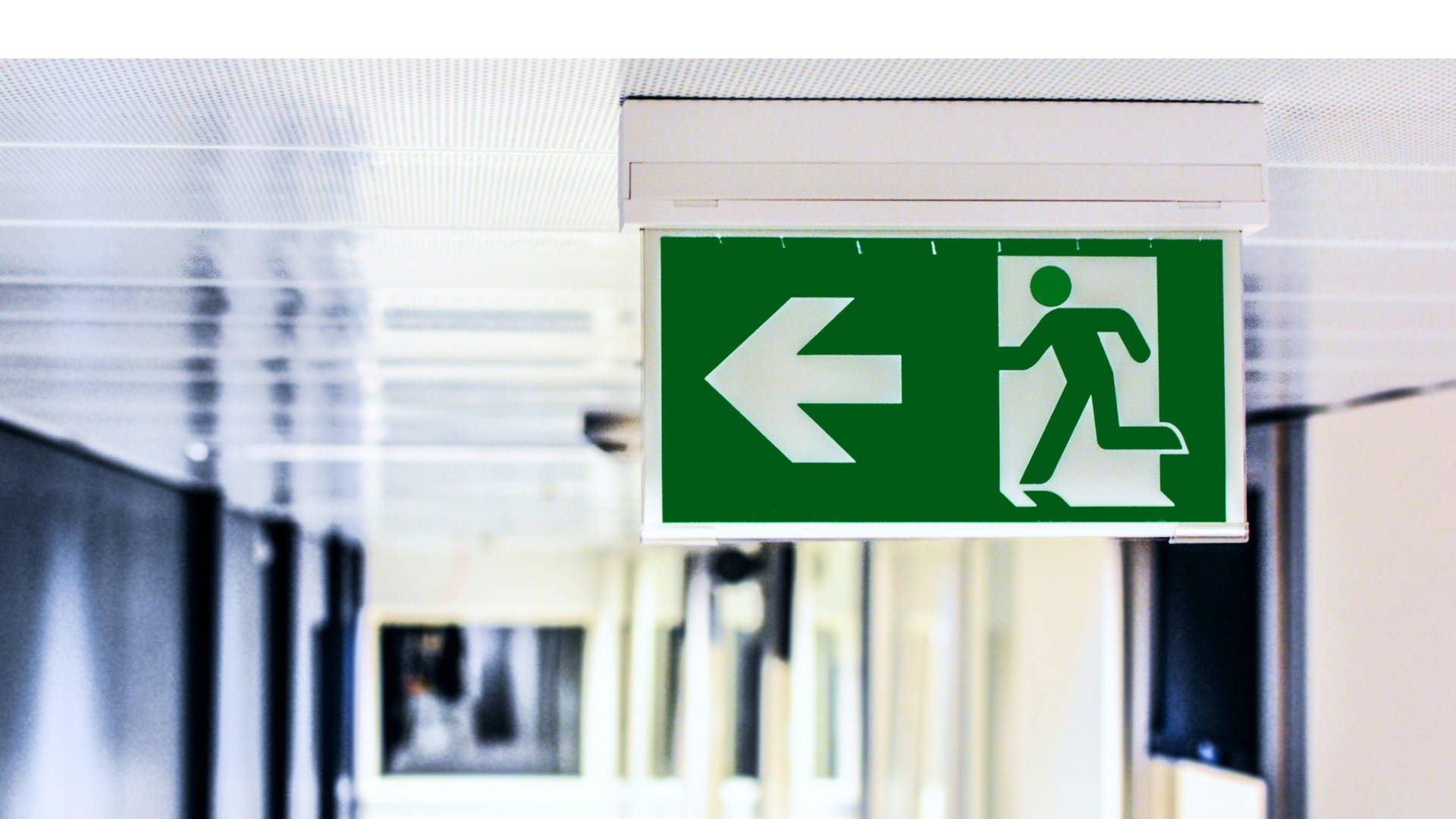
Fire Safety (England) Regulations 2022
Latest
-
The Home Office has published some updated guidance to help dutyholders, issued by the Secretary of State under Article 50 of the FSO, to assist responsible persons in meeting their duties under the FSO.
Find out whether you are a Responsible Person or Duty Holder under the Fire Safety Order and Fire Safety (England) Regulations and what responsibilities you have for fire safety here.
- Building Safety Act
- Dutyholders
-
The Home Office has updated its guidance on how to conduct routine checks on fire doors, provide information to residents and provide a template for a fire doors checklist.
The guidance, updated on 18th September, is aimed at Responsible Persons carrying out simple checks upon a fire door. It is based on the assumption that the fire risk assessment has already assessed the suitability of the fire doors.
This guide has been published by the Secretary of State under Article 50 of the Regulatory Reform (Fire Safety) Order 2005 (FSO) to assist responsible persons in meeting their duties under the FSO.
Read the latest guidance here
- Fire Safety
- Fire Safety (England) Regulations 2022
-
The Home Office has published the second of its Fire Safety Reform Team’s update.
This update covers the following issues:
- Upcoming changes to the Regulatory Reform (Fire Safety) Order 2005
- Monitoring the impact of reforms to-date
- Promoting the fire safety reforms
- Supporting work on Fire Risk Assessor capacity and capability
- An update on the Fire Safety Guidance Programme
Download the 2nd bimonthly update here.
If you would like to be added to the distribution list or if you have any general questions then please feel free to email firesafetyreform@homeoffice.gov.uk.
- Fire Safety
-
In response to a question from a member, The Property Institute has sought advice from Hampshire & Isle of Wight Fire & Rescue Service, its Primary Authority Partner, on what is the minimum size for the Secure Information Box that the Fire Safety (England) Regulations 2022 requires to be installed and maintained on all high-rise residential buildings.
According to Dean Dixon, Hampshire’s Primary Authority Manager, “there is nothing so prescriptive as to the size of the box, only that it must hold all the information required”. The information required must of course include the A3 Orientation Plan required by the regulations to enable firefighters to orientate themselves with the building and its location in relation to the surrounding streets, neighbouring or adjoining buildings and other features that might cause them operational problems such as adjacent rivers or railway lines.
According to Dean there is nothing to prevent the A3 being folded before putting it in the box. The only risk as he sees it would be that “repeated folding and unfolding may cause the plan to degrade but hopefully there won't be too many occasions when this would happen.”
Dean notes that they have a primary authority partner “that has their A3 plan in a frame on the wall inside the development” with the additional paperwork in a Secure Information Box in the entrance porch. The frame can be released to allow access for fire services. Dean has said that if an ARMA member was to adopt this solution, they would be happy to defend the frame as a suitable receptacle if a member was challenged by other fire and rescue services as to its suitability.
- Fire Safety